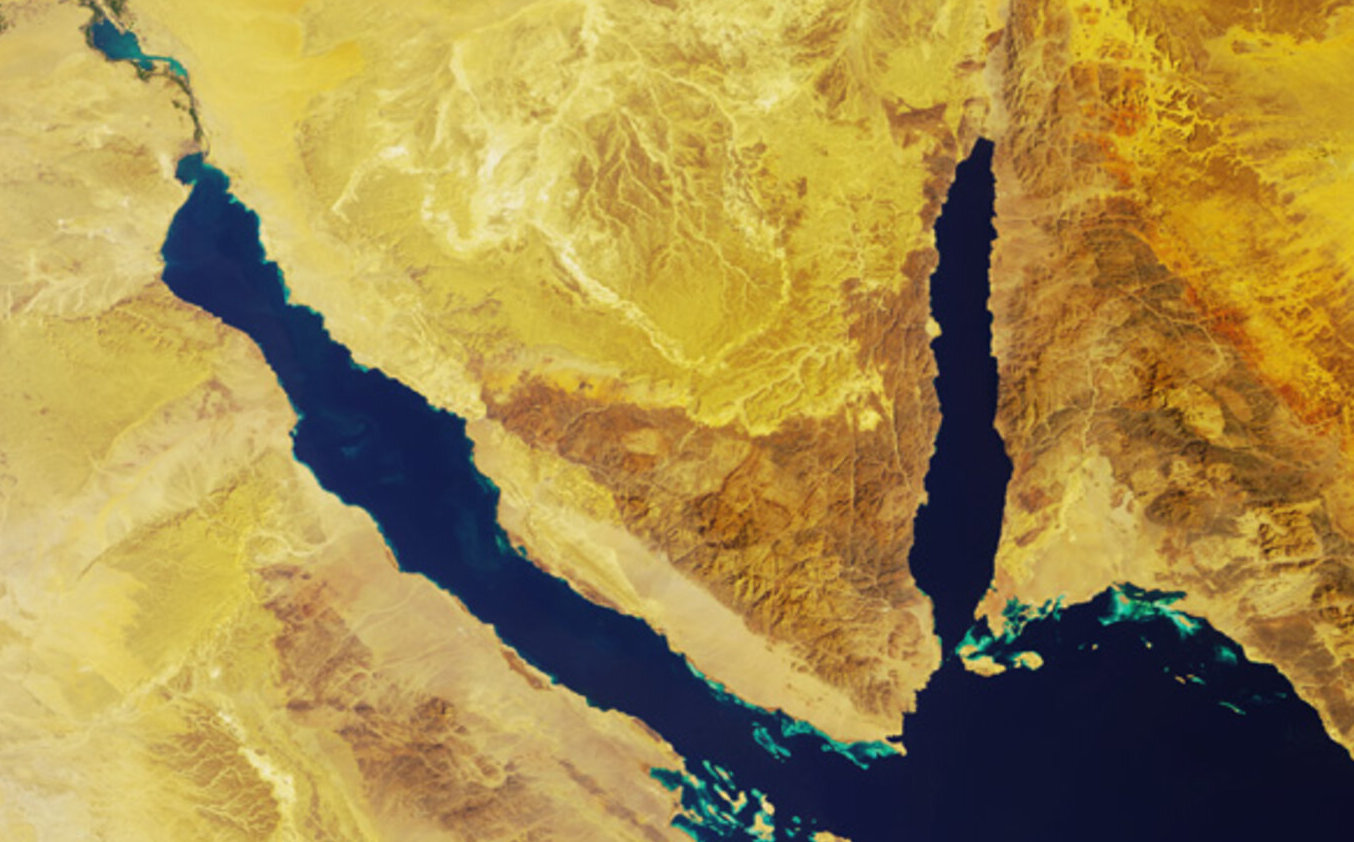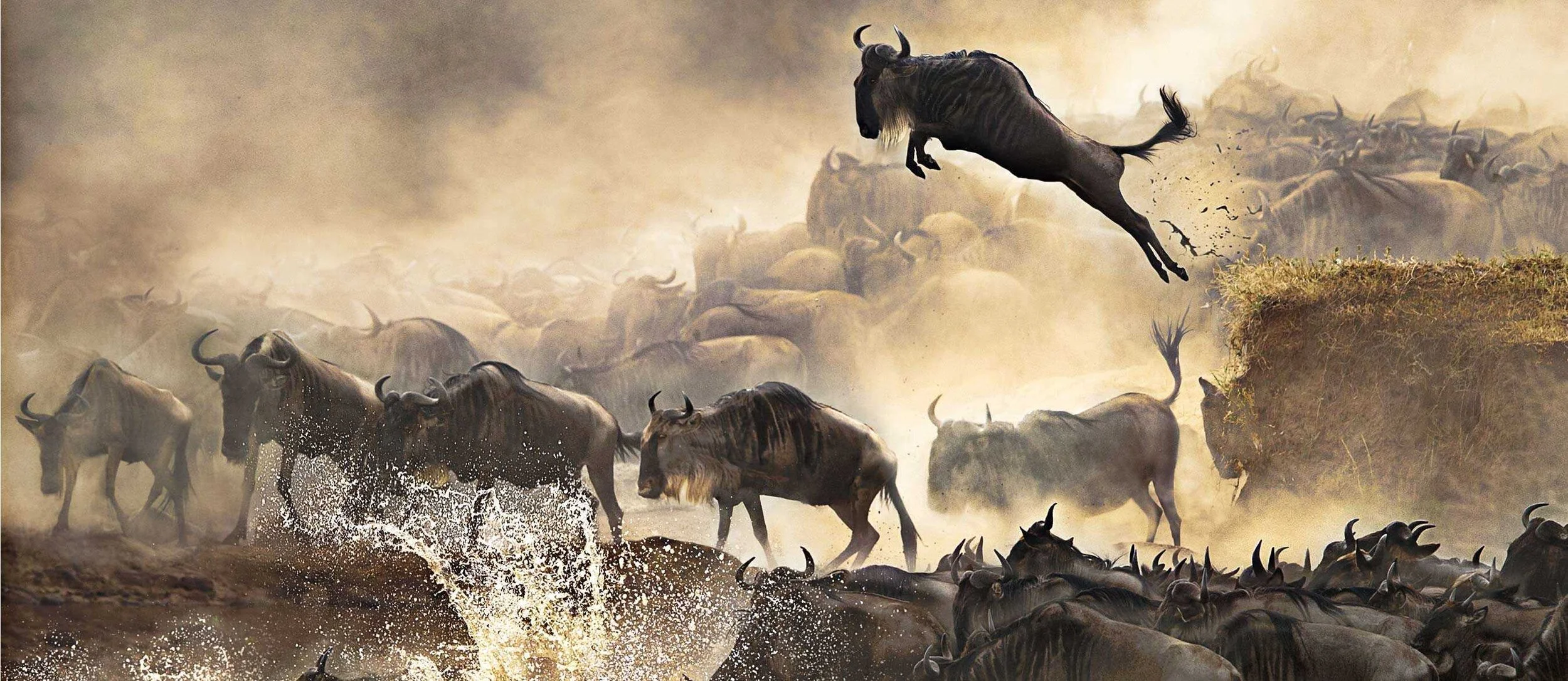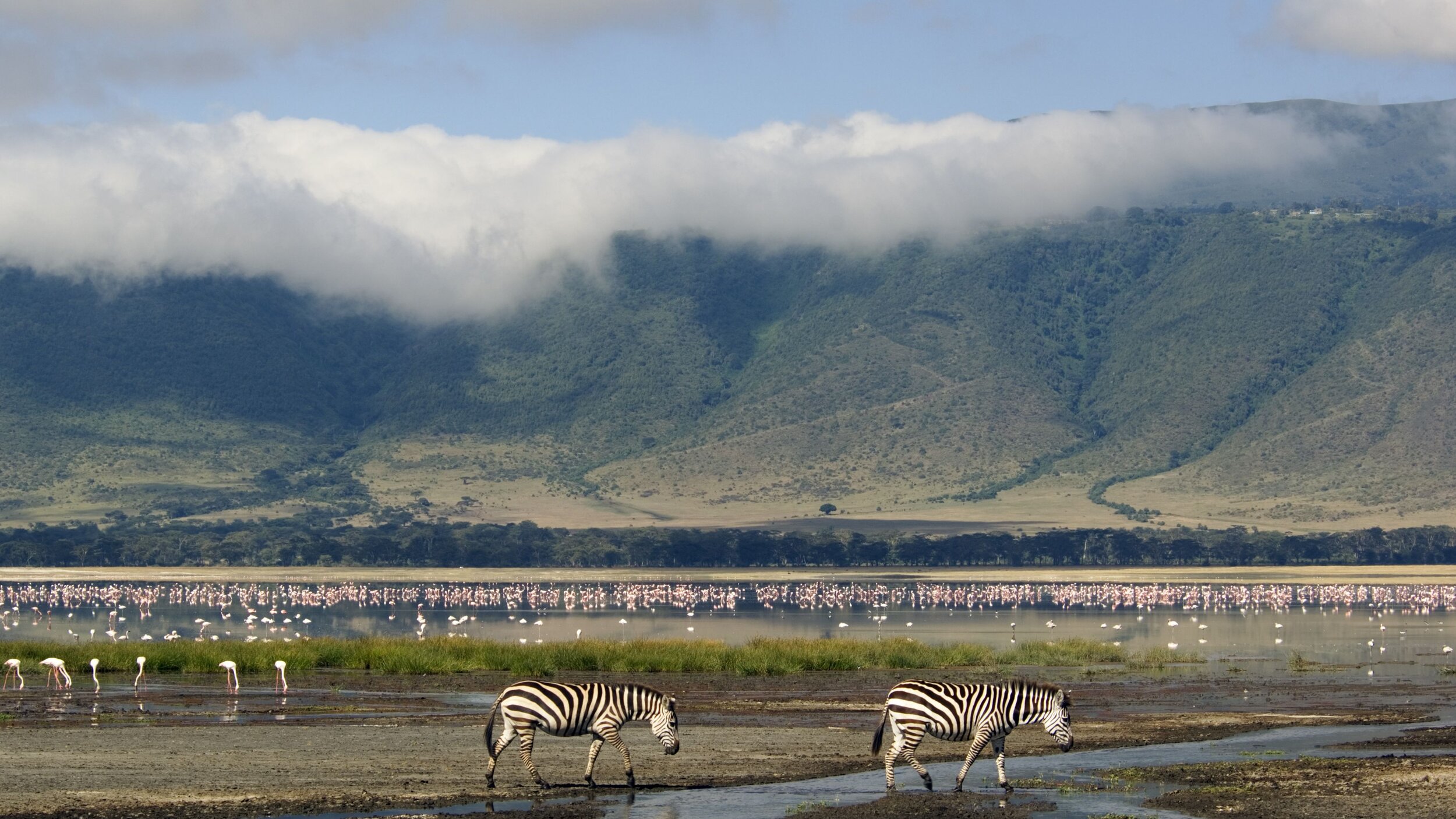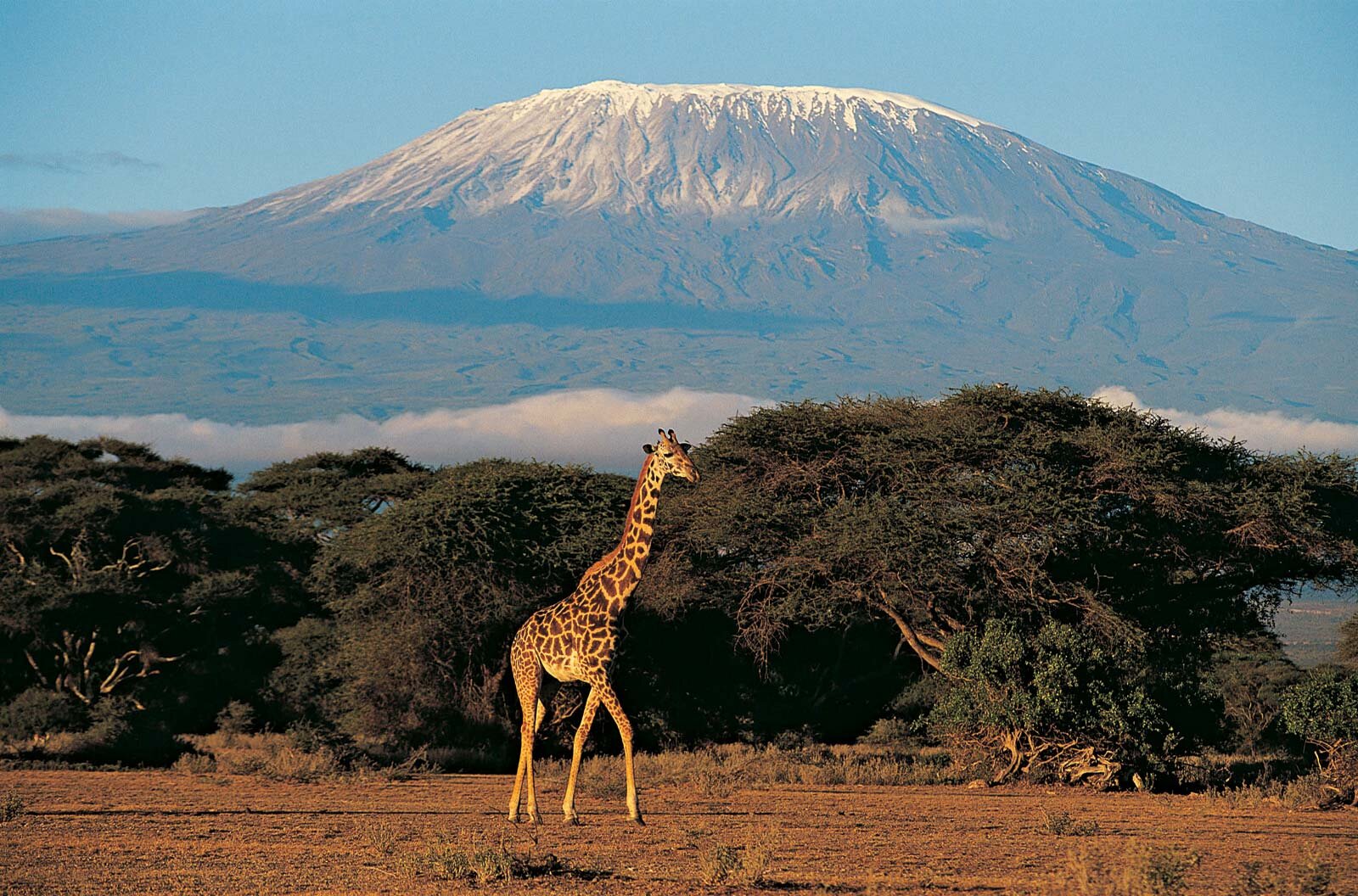The Fork in the Road

I have an idea for a book. I’ve been talking about it for the last few weeks to anyone who’ll listen to me.
Almost everyone we spend time with these days has reached a personal fork in the road, and chosen the path less traveled. They’ve made some major life decisions that the average person might balk at, and chosen to throw the dice in the air and “go for it”.
That approach is not unique to round the world sailors of course – you come across people in all walks of life who’ve dared to dream… and then made it happen.
So what do all these people have in common? When they reached their fork, how did they go about deciding the path? How did they muster the courage? And what lessons can they share that may be applicable to the reader of my book. What inspiration could they offer, that might help others to take a leap of faith in their own lives?
I don’t know the answer to that yet, but given that I used to interview people for a living, and I’m meeting many of these types of people right now, opportunity seems to be knocking.
And in the meantime, we’ve reached another fork in the road ourselves.
Tomorrow we lift anchor and set sail for Tanzania, some 1,000 nautical miles due west. It will be a challenging passage, but at the end of it, we get to experience one of Africa’s most interesting and historic cultures.
We’ll also go and see the great Wildebeest Migration, seek out The Big 5 on safari in the Ngoro Ngoro Crater, and best of all we’re going to try and climb Mount Kilimanjaro.
Tanzania was never on our original plan, of course, but once we ended up in the Seychelles due to Covid, it was an obvious next step, both due to proximity and also the pull of the amazing land based attractions.
Jen’s mum climbed Kilimanjaro in her 20’s (to put that in context, this was 70 years ago, before Edmund Hilary had summited Mount Everest), so it’s always been lurking in the back of Jen’s mind as something she’d love to attempt.
And thanks to Covid, we now have the opportunity.
But that’s not actually our fork in the road- it’s what happens next after Tanzania where our choices get really interesting.
We’ve talked about this before, of course – we agonised about which route to take from Thailand to the UK - the short way via Red Sea/Med, or the long way via South Africa.
There were many pros and cons to each option, but the southern route won because we were so excited at the prospect of seeing Chagos, Rodrigues, Mauritius, Reunion and Madagascar.
Obviously Covid changed all of that, and when we decided last year to stop here in the Seychelles for 12 months, it was in the hope that things would get back to normal by this year, and we could at least visit Madagascar on our way to the UK.
Clearly that hasn't come to pass, and most places are still closed, meaning that sailing the extra miles via the southern route is not offset by quite so many interesting places.
But still, we were committed to the southern route from a timing perspective – there is only a very specific weather window to sail through the Red Sea, and we’d missed it for 2021. And besides, almost everyone who reaches the Seychelles sails on via South Africa – it’s the “done thing’, so almost all of our friends are going that way too.
It was very much the path of least resistance. Even if it did include tackling the coast of South Africa, which can involve some of the most challenging sailing conditions anywhere in the world. And even if it did involve a 4,000 mile, 30-40 day non-stop passage through the South and North Atlantic, the last half of which was against the wind. And even if the ratio of “sailing” to “enjoying places” was out of whack, given the back-to-back-to-back long passages – we’d be sailing more miles in the next 9 months than we’ve done in the 3 years since we left Sydney.
But then serendipity came knocking in the shape of a cruising couple we’d never met before, but with whom we’d conversed a few months ago as they prepared to sail to the Seychelles. When they arrived last month and we were discussing onward plans, they mentioned that after sailing to Tanzania next, they were planning to sail from there to the Med via the Red Sea.
“But that’s not possible at this time of the year, is it?”, I asked. I knew that none of the sailors’ reference books recommended it. They assured me it was possible, and more than that, the sail northwards form Tanzania in September would actually be excellent. Yes, there would be challenges ahead in the Red Sea, but that’s the same any time of year, and the difference during the recommend January-April window is really only marginal.
This got us thinking, and researching, and investigating. It turns out it IS possible. And what’s more, there are some compelling reasons for us to consider it, and not just those that we laid out when we were creating our Pros and Cons list for these options back in 2019.
Since Covid is preventing us from visiting so many countries, and curtailing our activities in so many others, the concept of rushing through the Red Sea, and thus only stopping for refuelling and provisions, didn’t seem to be such a great negative any more. And as I’ve already noted, there were fewer positives in the southern route due to border closures. But more than that, we’ve lost a year due to Covid which impacts us financially, and the Red Sea route is both shorter and cheaper with less wear and tear on the boat a significant factor.
Plus, we have some pending boat work to do which can only be done in certain places that have highly skilled labour and fully equipped boat yards, something which would not be available to us on the southern route other than in South Africa (where we wouldn’t have the time to execute the work). The job is significant but not urgent – but the northern route affords us an opportunity in multiple places.
And finally, by heading northwards each mile sailed takes us closer to our friends and family in the UK, and opens up opportunities for short flights home.
The biggest impact of Covid on us so far has been the lack of visitors from home – it was a major highlight of our first 18 months, and in fact we deliberately never budgeted to fly home to Australia during our circumnavigation – we figured we would have everyone come to us. And come they did.
But not only has that disappeared entirely, we couldn’t even fly home to Australia if we wanted to. So the opportunity to see my parents and brother and so many of our friends in the UK , and to be able to hop on a plane and have 2 or 3 hour flights to do so on a whim, is incredibly attractive.
So, once again, we were at a fork in the road, and from a circumnavigation perspective, it’s a pretty big one.
So how did we make our decision and take the leap? And how applicable is it to comparable sliding door moments in your own life?
In our case, the steps were as follows:
Be open to new ideas and opportunities
Sometimes the universe puts them in front of you for a reason
Research and investigate what’s involved.
Is it viable, or just a crazy idea?
How realistic are the potential upsides?
Can you reach out to others and see if they’re able to help make the upsides more tangible?
How real are the fears you have about it? Is there data or evidence one way or the other?
Assess the costs and benefits thoroughly
Be very clear what you’re giving up and what you stand to gain
Can you quantify them?
Can you define what is really important to you and how this decision will help or hinder you in achieving that?
Be Brave
Taking a different path to others is part of what makes you who you are. Allow yourself to be you.
Listen to your gut – if it’s clear you shouldn’t do it, don’t. If it’s clear you should, then do. And if it’s not clear either way, do it anyway.
Jump and the Universe will catch you
Without ever doing it consciously, these are the steps we took and by the time we got through assessing the costs and benefits, it turned out we only needed a couple of very short conversations and the decision was made. For us I think this is a learned skill and with practice we are getting better at it.
Anyway, that’s been our fork in the road decision making approach, but I’ll be interested if I do get into writing this book to see how else people make these major decisions.
In the meantime, our new plan is as follows:
Step 1 - Sail to Tanzania in 2 day's time - should take about a week. Spend 6 weeks there, including climbing Kilimanjaro, and doing the awesome Safari and Wildebeest migration tour in the Serengeti. It's actually about 1,400 extra miles to do step 1 compared with just heading to the Red Sea directly from here, but it would be criminal to come this far and not get to mainland Africa at all, so what the hell.
Step 2 - Leave Tanzania for the Red Sea in mid September, stopping at Socotra for 1-2 weeks(for seasonal wind change), and then short stops for fuel and provisions in Djibouti, Sudan, Egypt, arriving in the Med via the Suez canal some time in November. Then make our way directly to Turkey.
Step 3 - Haul the boat out in Turkey, and spend 3-4 months on the hard stand there dealing with some topsides corrosion issues. During this period, one or both of us can fly to the UK for the odd week or long weekend several times, as it's a comparatively short hop, and get to see our friends and family.
Step 4 - Depart Turkey around early April for a quick blast through the Med to the UK, aiming to arrive in UK ideally before my 50th on 31st May and my Mum's 80th on 16th June.
Step 5 - Spend approximately 2 years in the UK doing some contract work (with a few months off each summer - sailing Scotland one year, and Scandinavia the other year), then return to the Med and spend a full season there before heading off across the Atlantic at the end of year 3.
But before we get to all of that, we have to reach Tanzania.
On the surface, it's a great looking passage - 15-25 knots, gusting 25-30, apparent Wind angle 80* to 110*. Perfect for Steely. Except for one thing - the sea state on this passage is notorious.
The waves are not outrageously high - they will average 2-3m, and be 3-4m about 30% of the time. But they are really short period (about 7 seconds apart), and there are two wave trains, one from the SE and one from the S, meaning the boat will get thrown around A LOT!
Friends of ours made the passage last week, and experienced a fairly rough ride at times.
If I'm honest, I'm more nervous about this passage than any we've done until now. Partly for the sea state; partly because it's been a year since we've done any proper ocean cruising, so I feel like we're starting from scratch again; and partly because a couple we know tragically died on this stretch of water last year when they were making the passage in the opposite direction (from Tanzania to Seychelles) and their boat sank.
Having said that, we have a fabulous boat that we have a lot of faith in, and a new crew member in the shape of Coco the cat to keep us occupied and take care of so I’m sure the days will pass quickly, and as always we’ll find ourselves remembering the highlights and banishing the lowlights from our minds as soon as we step onto dry land.
If you want to follow along, I’ll be posting updates on the “Where Are We Now” section on the homepage – it updates our position hourly, and I’ll try and post some thoughts and comments at least once a day, weather permitting.
Coco showing off her navigation skills.









